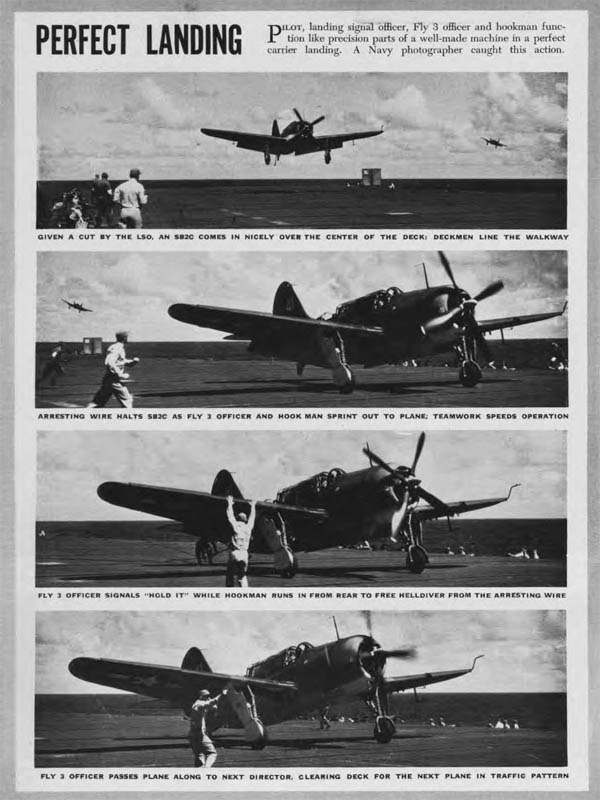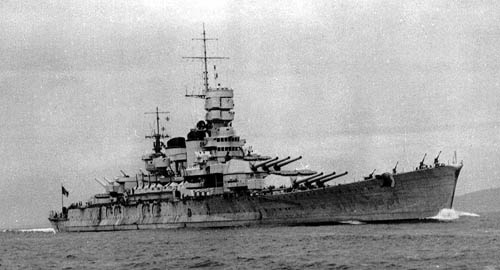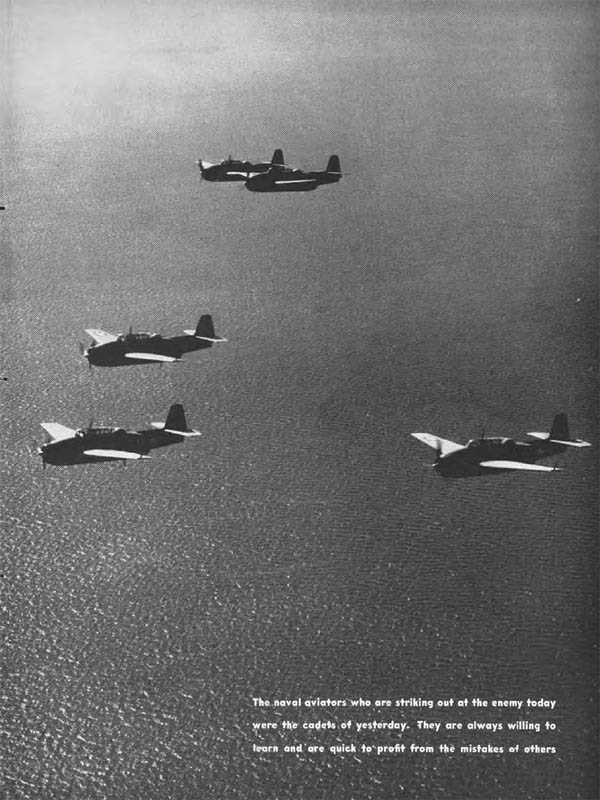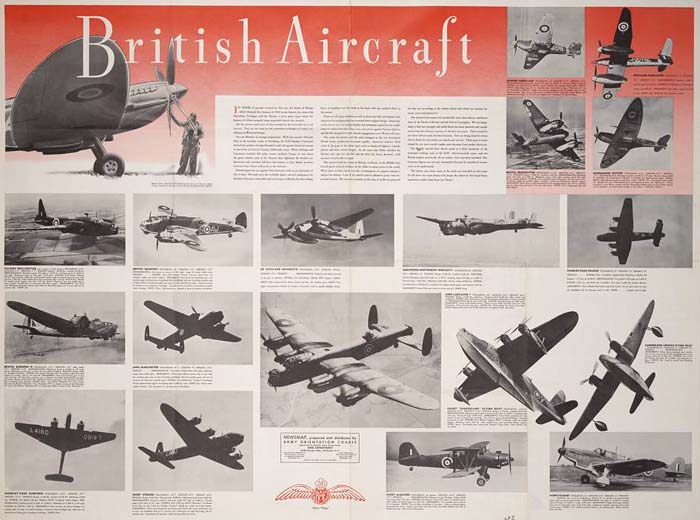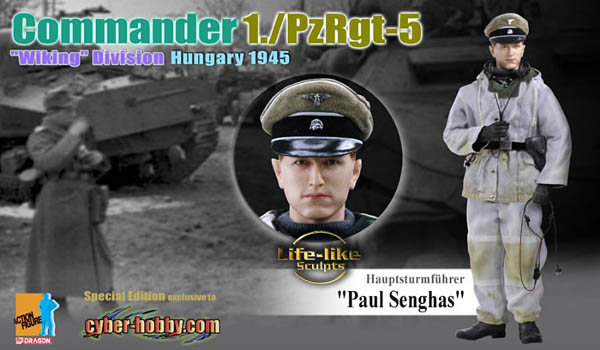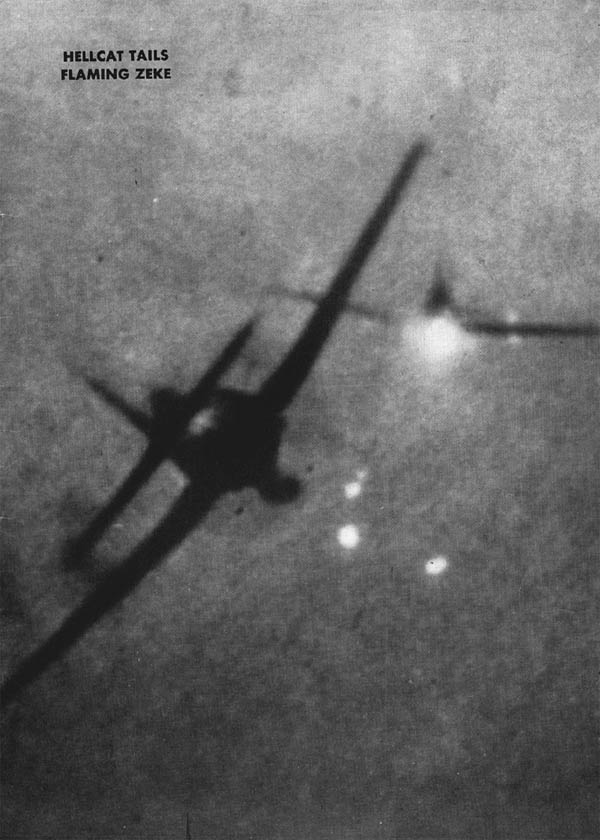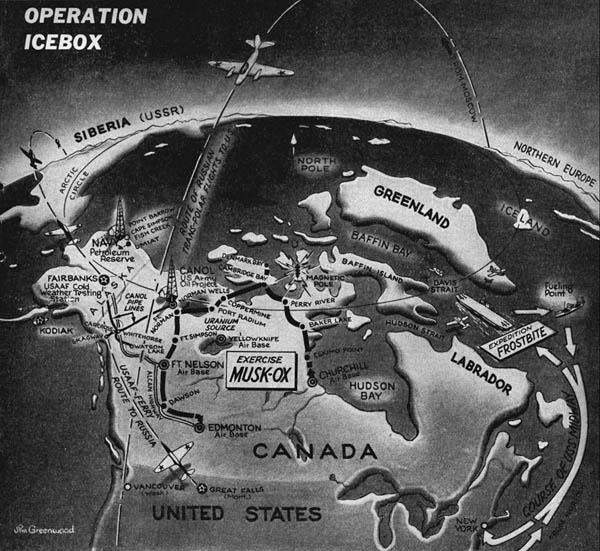U.S. PT boat action in the Mediterranean from the Bureau of Naval Personnel Information Bulletin, (“All Hands Magazine”), July 1944.
Two PTs Battle Two German DDs
Two U.S. PT boats took on two German destroyers recently in the Mediterranean, lured them away from a convoy they should have protected, scared the wits out of them with a torpedo attack–and got home safely.
What’s more, the convoy is no more!
The action occurred 20 miles north of the island of Elba. The PT 212 and PT 214 were serving as a scouting unit for a light British-American force that had been striking at German convoys sneaking down the Italian coast.
About midnight the PTs contacted a group of German F-lighters (similar to our tank-landing craft) moving south with supplies for Nazis in Italy. Reporting the convoy’s course to the main Allied force, the torpedo boats cleared for action. Their job was to attack and divert the attention of two nearby German destroyers while the main force went after the F-lighters.
With a clear path ahead, the PTs opened throttle and roared toward the destroyers. At 350 yards, PT 212 released two torpedoes and PT 214 followed with one.
PT 212, under the command of Lt. (jg) Harold B. Lerner, USNR, 30, San Francisco, turned sharply, kicked the throttle wide open, and began laying a smoke screen. The destroyers opened fire, first sending up star shells to light the whole area. Then came the hail of steel from the destroyers’ guns. Once, zigzagging inside the smoke screen, the 212 came out in the clear. As the fire from the destroyers’ guns converged, she ducked for cover.
PT 214, commanded by Lt. (jg) Robert T. Boebel, USNR, 24, Milwaukee, was not so fortunate. The smoke devices failed to work and, as a result, she took several bursts from the destroyers’ light guns in her side. Fragments damaged the engine room and injured two men. But first the 214 scored a torpedo hit on one destroyer.
Meanwhile, as the PTs were playing their game of hide-and-seek, the main Allied force swooped in on the F-lighter convoy and in 40 minutes proceeded to sink or blow up the lot.

